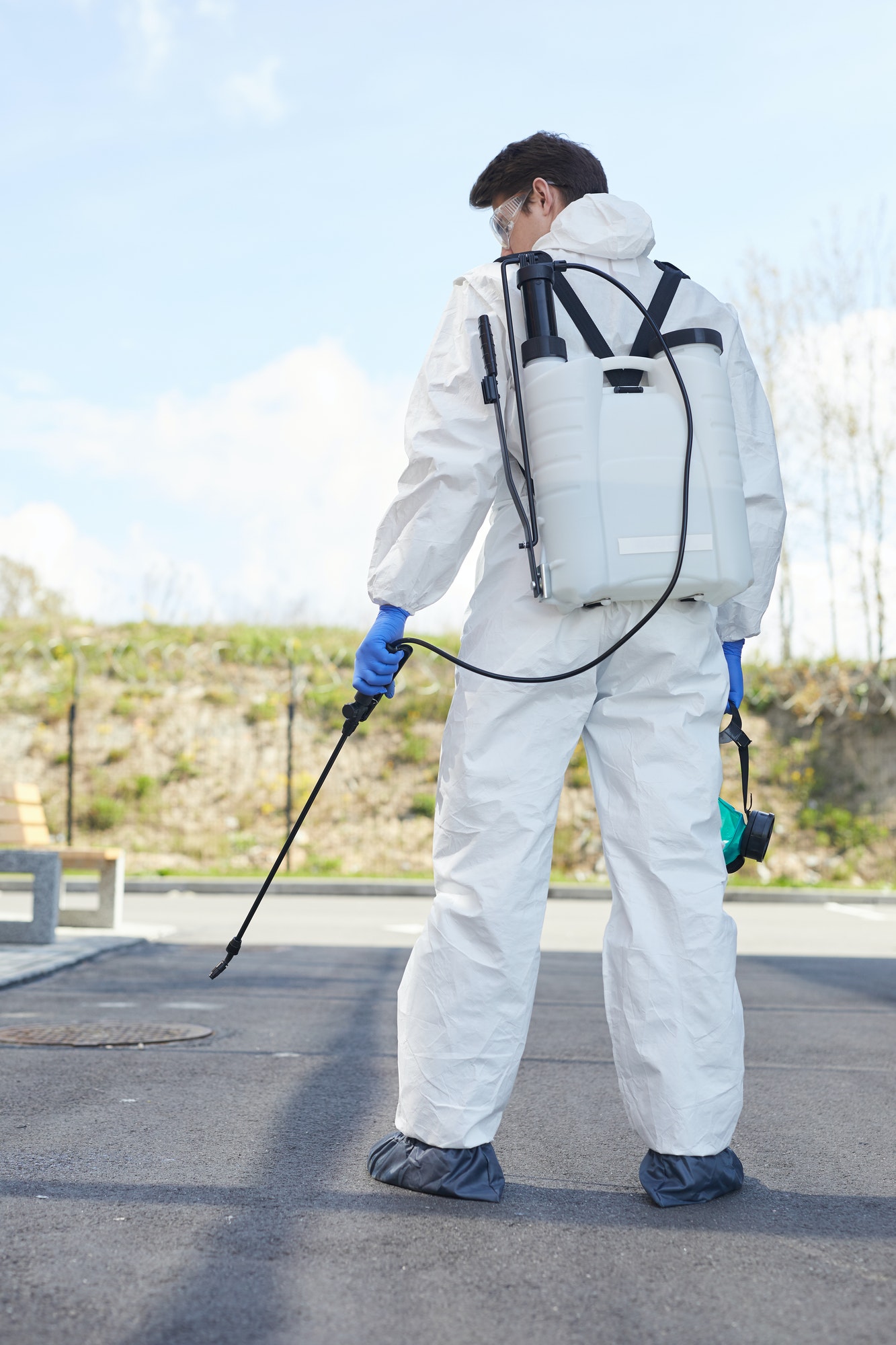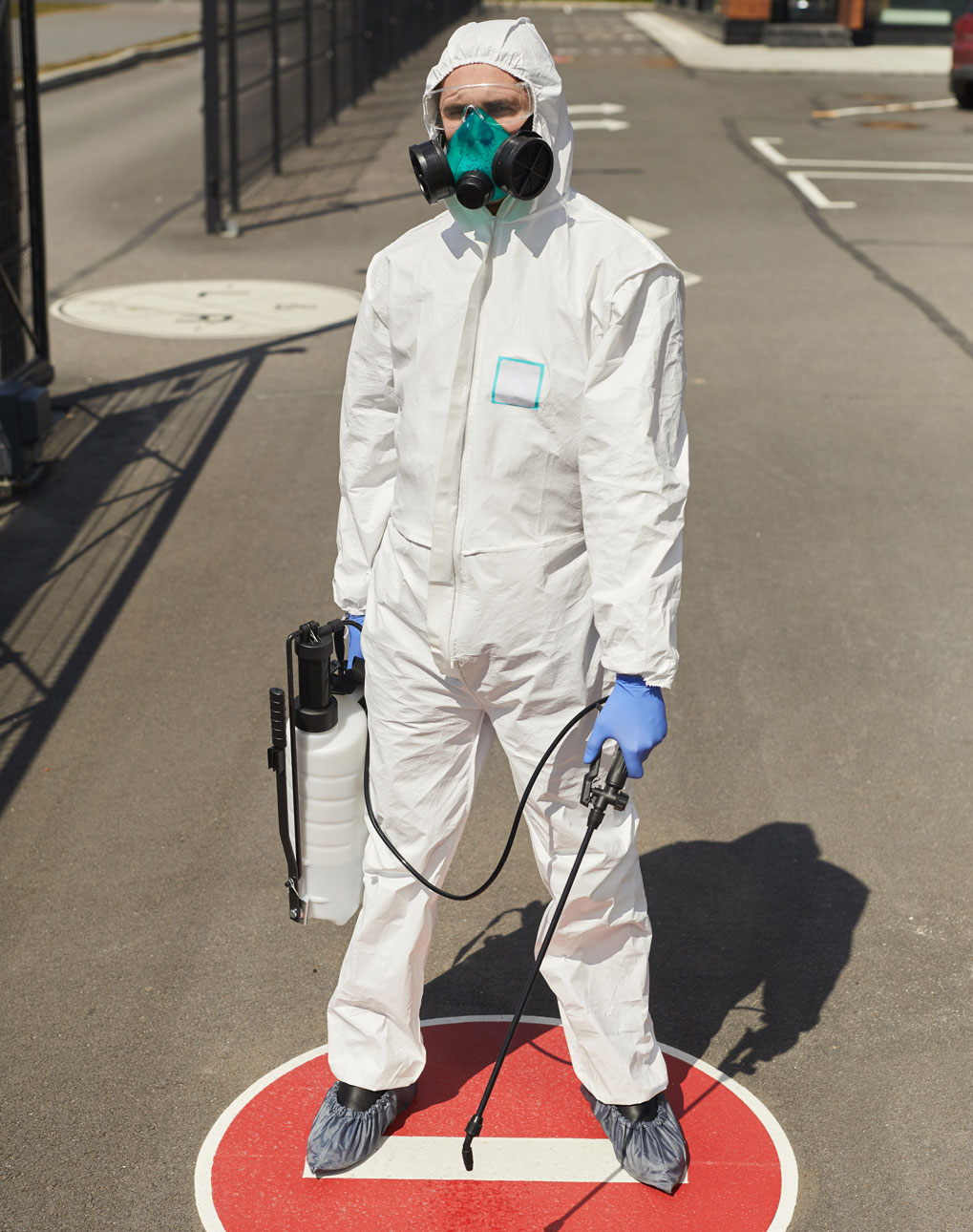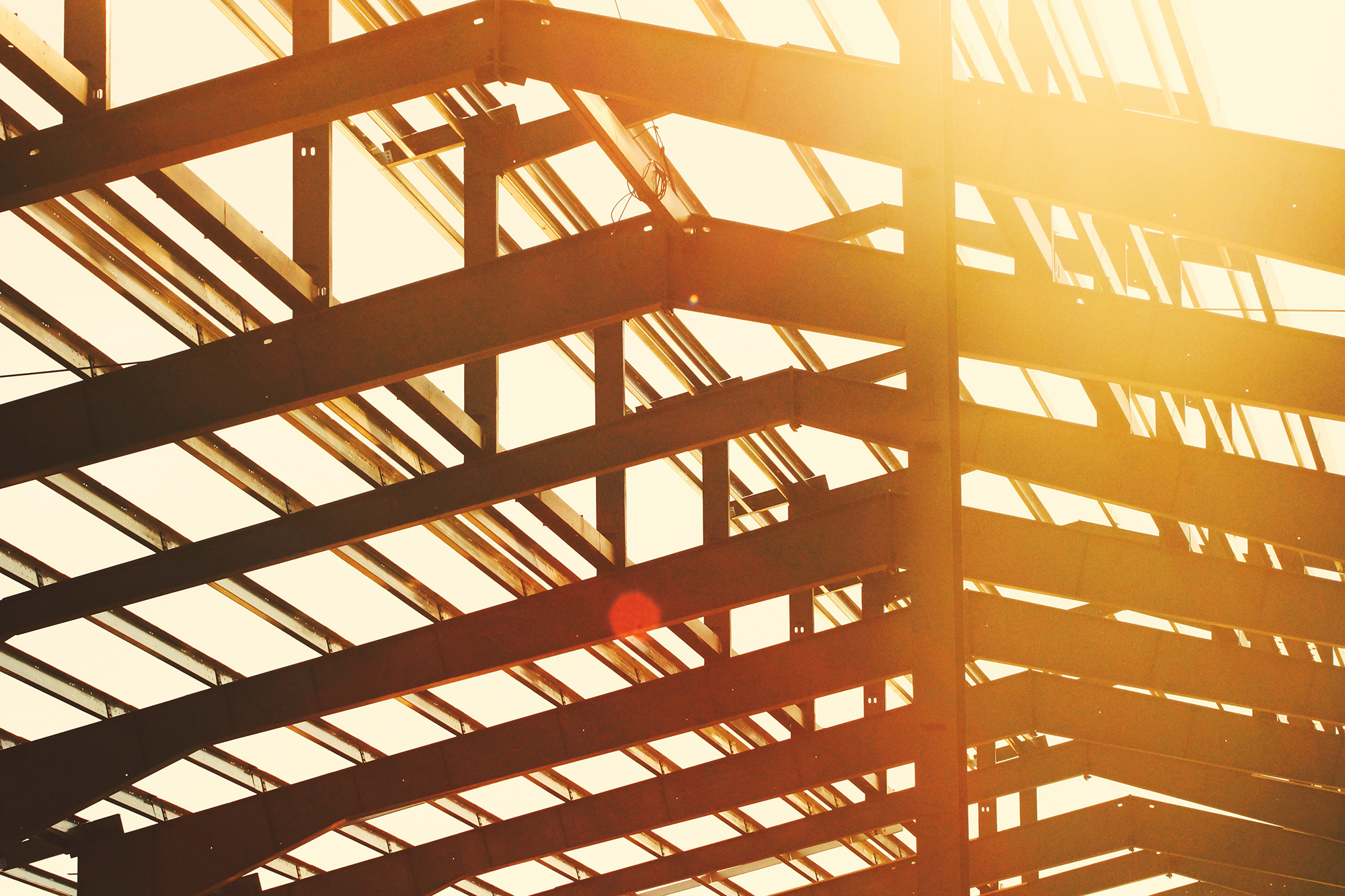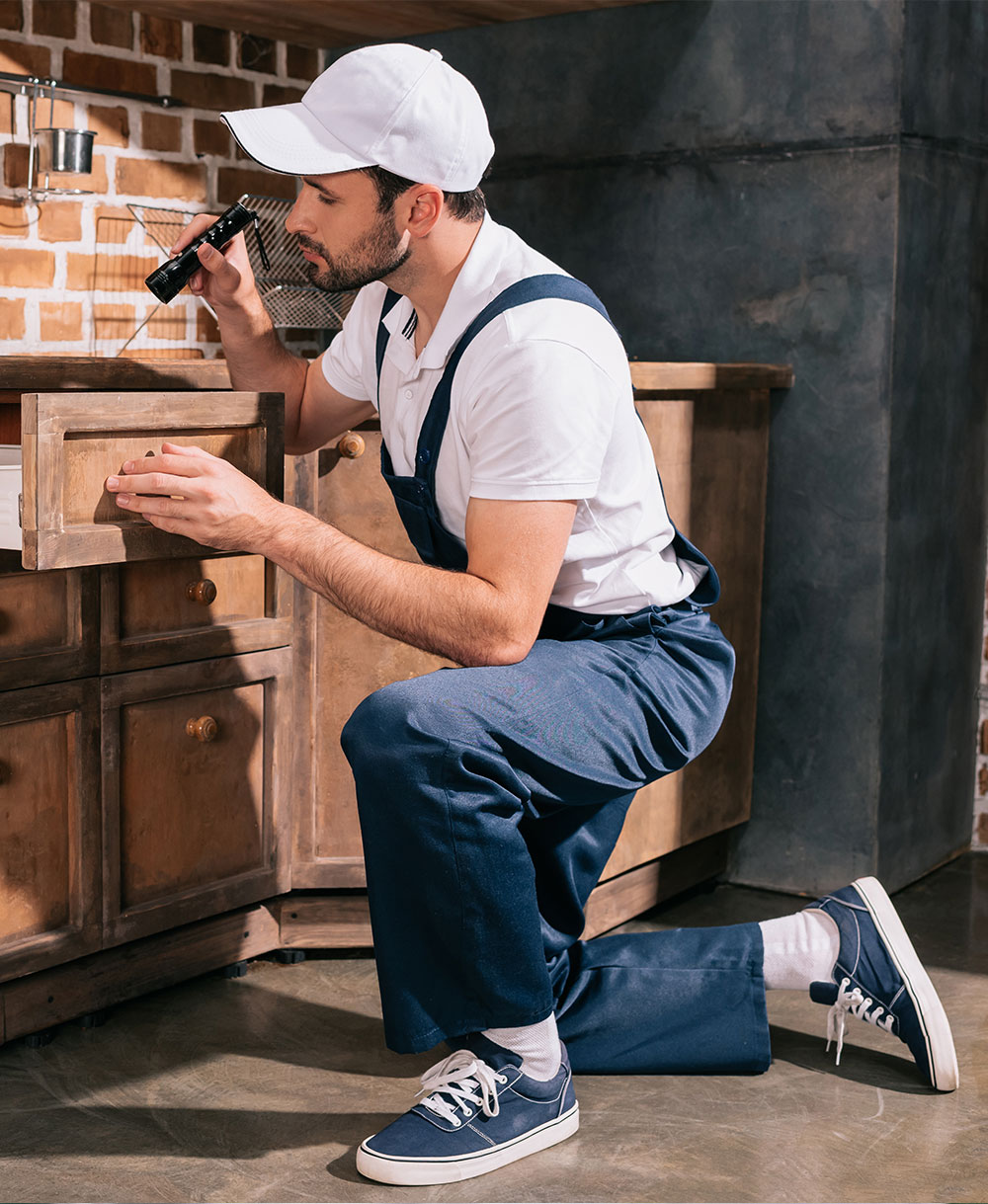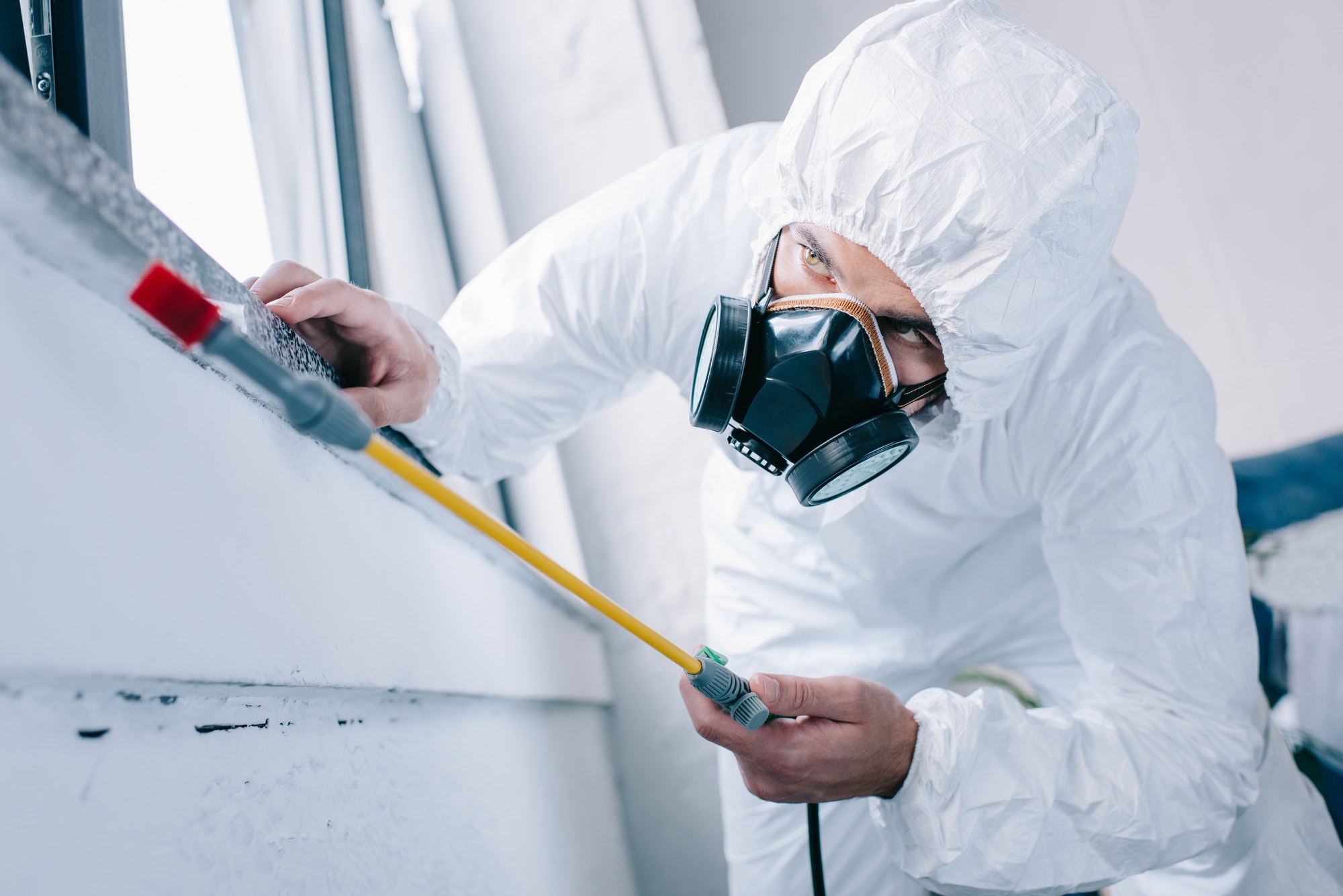You’ve just bought a house. You want to demolish the house and rebuild it from the ground up. You’re now confronted with the decision of what materials to use and what style to opt for in your ideal home. The materials you wish to use to create your home will be a deciding factor. Ultimately, the choice will be between wood, brick, and steel. Steel is frequently employed in the building of skyscrapers, towers, and other inventive constructions. But what about creating your own house?
For a variety of reasons, steel may and should be utilised in the building of residential dwellings. To be clear, this is not to argue that wood or brick should be avoided when building a house. Rather, this is intended to highlight the benefits of using steel in situations when cost-effectiveness and time efficiency are critical. Following that, here are six reasons why steel should be utilised in home building.
Need Steel Processed & Supplied for Your House Needs
Do you require steel supplies? For custom builds, look no further than Galvin Engineering’s experts. Although we’re in the business of pest control, Galvin Engineering are a great local Brisbane steel processor and are able to custom make any materials you need for your project. They’re also great at CNC machining and fabrication of all kinds of metal. So check out Galvin Engineering if you’re looking for someone local in Brisbane who can get the job done.
6 Benefits of Steel in Residential Construction
1. Long-term viability
First and foremost, we must do all possible to reduce wasteful waste, particularly in the building industry. Steel is the world’s most recyclable material, so you’d be doing your part by choosing it. That being said, a product that is infinitely recyclable allows the home to contribute to future homes with no needless emissions waste and avoid it from resting in a landfill for the foreseeable future.
2. Longevity
Although steel is sustainable, there is a frequent notion that it is a poor product. Steel, on the other hand, is a near-perfect material for building a house due to its durability. Steel requires less repair and maintenance, which means that whether you are a homeowner or a landlord, you will save thousands of dollars over the life of the property.
3. Cost-effective
This, more than any other factor on this list, is why steel is superior to other building materials. People assume that steel is more expensive than wood, however, this is not true, not only in terms of material cost but also in terms of efficiency. Steel is extremely energy efficient when properly insulated and designed. Steel also saves time when it comes to construction. Steel is well-known for simplifying building foundation design, which contributes to speedier construction time and significant cost savings. Steel’s lesser weight provides for lower transportation expenses as compared to other building materials, which reduces project overhead.
4. Adaptability
The last thing you want when creating a house is limitations. You want to let your imagination run wild, and steel allows you to do so. Working with steel while creating a home is an architect’s and designer’s dream since it can be moulded and sculpted in any way, for the outside or interior. Steel, on the other hand, provides a structurally robust construction that allows architects to push the boundaries of their ideas, allowing your home to be completely unique.
5. Resistant to Natural Disasters
Aside from the property itself what is more valuable while owning a home? Mind at ease. And you’ll be able to get it with steel. Steel protects a home and everyone inside it more than any other building material due to its capacity to endure earthquakes, severe winds, blizzards, and, most critically, fire. It will also save you money in the long run because insurance companies like metal constructions because of the benefits and safety measures they provide.
6. Space
To return to the adaptability of steel, it can utilise space better than any other structural material. This may be used to enable for the structure’s thinnest shell and smaller support beams that are just as robust as wood beams. This is especially useful in highly populated places when space is limited and not readily available. In addition, depending on your aesthetic preferences, you may replace brick walls with steel, allowing you to make the most of your property.
Consider steel as your best option now, whether you’re building a new house or trying to buy one. Steel’s construction and cost-saving potential are not to be overlooked; it is a fantastic material that far too few homes take use of. Don’t allow that happen to you. Use this knowledge to ensure that the location you name your everlasting home can endure being around indefinitely, as steel can.
